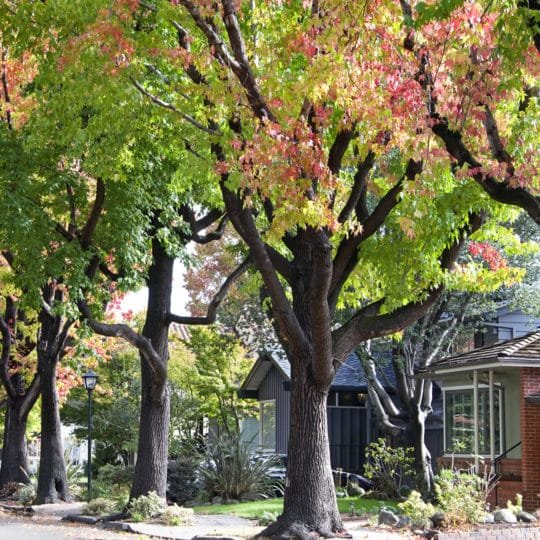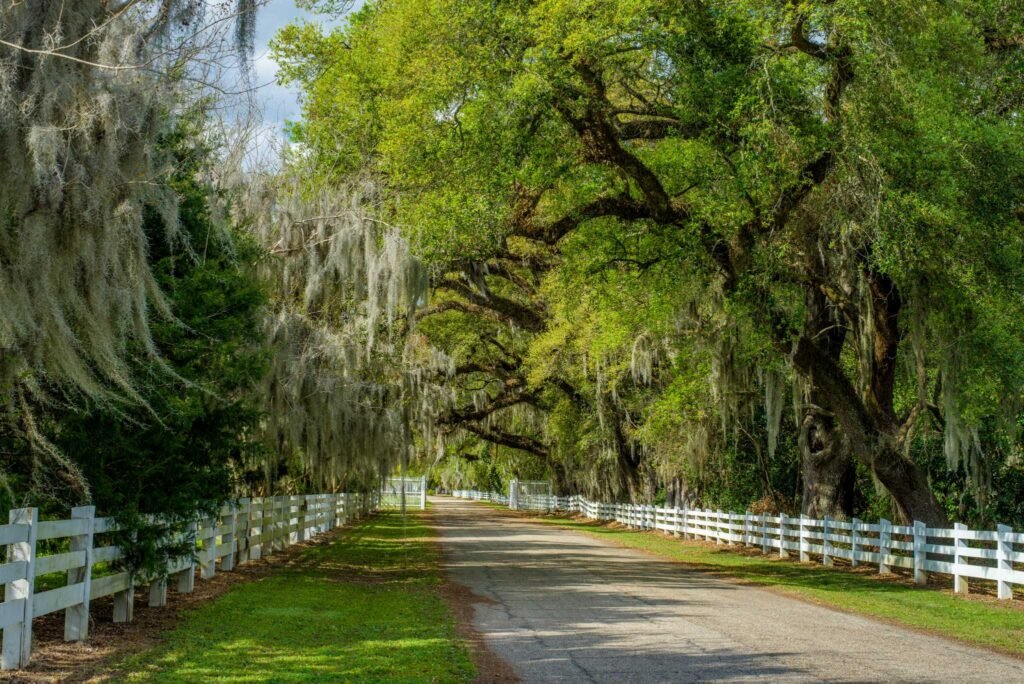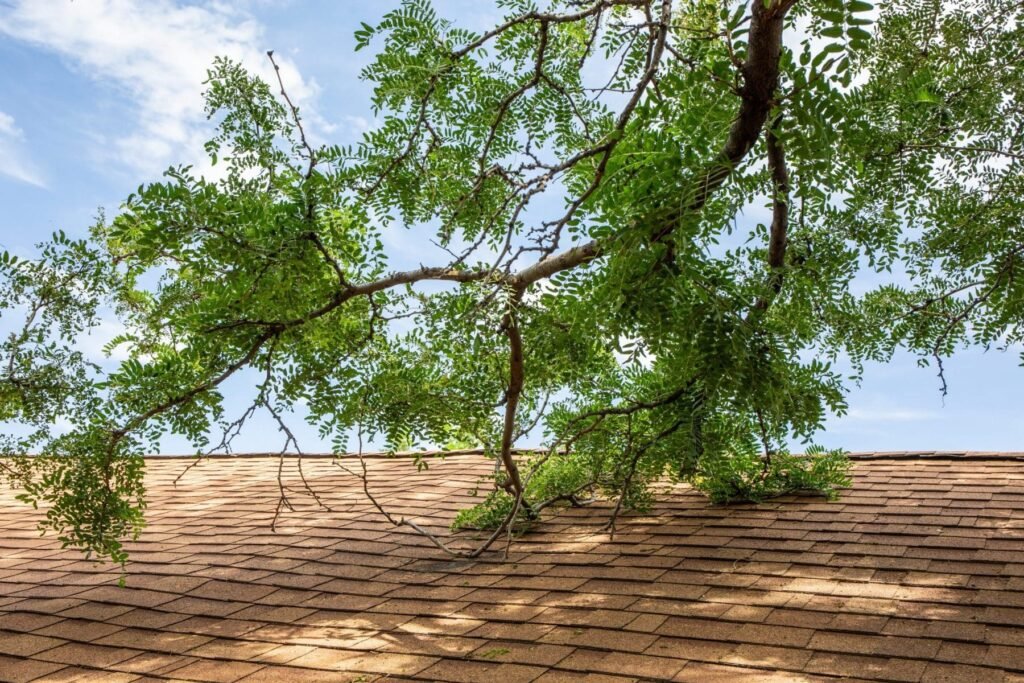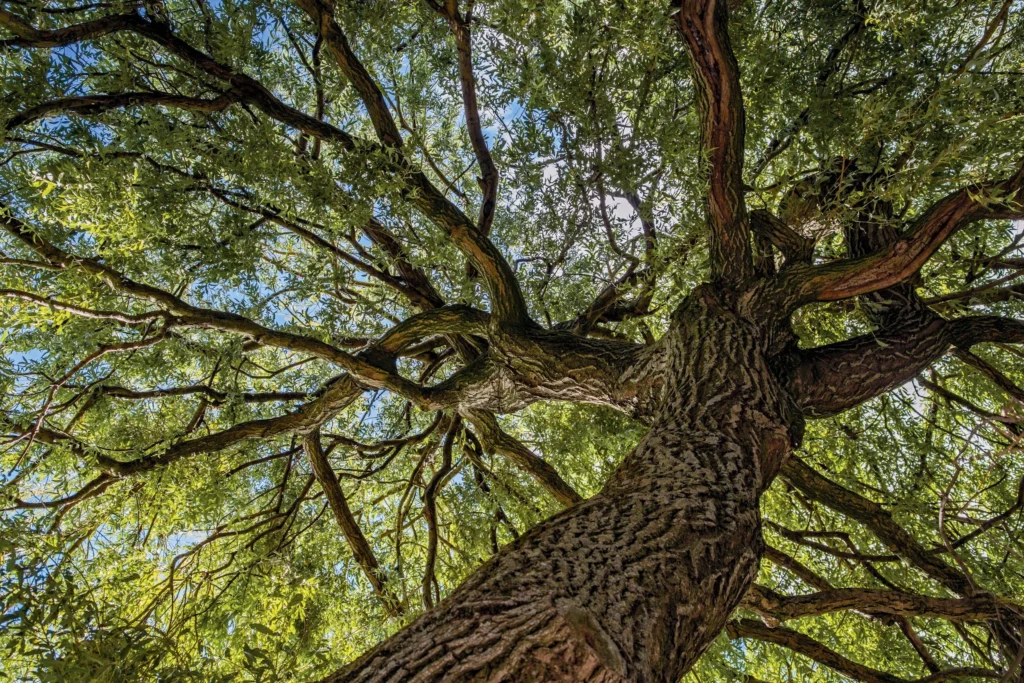Trees are beautiful, provide shade, enhance property value, and improve air quality—but sometimes, their branches grow beyond property lines and encroach on neighboring yards. Overhanging branches can block sunlight, drop leaves or debris, interfere with structures, or even pose safety hazards. While it may seem simple to prune them, handling overhanging branches diplomatically requires tact, communication, and knowledge of legal and horticultural considerations.
This article explores strategies, tips, and etiquette for managing overhanging branches while maintaining good neighborly relations.
Understanding Overhanging Branches

An overhanging branch is any part of a tree that extends beyond its property boundary onto a neighboring property. These branches may:
- Block sunlight to gardens or solar panels
- Drop leaves, flowers, seeds, or fruit
- Cause damage to roofs, fences, or vehicles
- Pose safety risks during storms or high winds
Understanding the potential impact of these branches is the first step in addressing them without creating conflict.
Step 1: Know Your Legal Rights and Responsibilities
Before taking any action, it is important to understand local laws:
- Property Ownership: Generally, the tree belongs to the property on which it is planted, but branches overhanging a neighbor’s property may be trimmed by the neighbor up to the property line.
- Neighbor Notification: Many local regulations or community guidelines recommend informing neighbors before pruning.
- Liability Considerations: Avoid causing damage to the tree, neighbor’s property, or creating unsafe conditions.
Tip: Research your municipality’s tree ordinances to prevent legal disputes. Consulting a professional arborist can also clarify what pruning is safe and permissible.
Step 2: Assess the Situation

Before initiating any conversation or pruning, evaluate the following:
- Extent of Overhang: Determine which branches actually cross the property line.
- Tree Health: Check if the branches are healthy, diseased, or structurally compromised.
- Risk Assessment: Consider whether the branches pose a safety hazard to people, property, or utilities.
- Timing: Late winter or early spring is often the best time for pruning, as trees are dormant and less prone to stress or disease.
Tip: Document the situation with photos to support discussions with your neighbor or professionals if needed.
Step 3: Communicate with Your Neighbor
Diplomacy begins with clear, respectful communication:
- Initiate a Conversation: Approach your neighbor in a friendly manner. Avoid aggressive or accusatory language.
- Explain the Issue: Clearly describe how the overhanging branches affect your property, such as blocked sunlight, debris, or safety concerns.
- Listen to Concerns: Your neighbor may have a sentimental attachment to the tree or specific preferences for pruning.
- Propose Solutions: Suggest options such as professional pruning, shared cost, or mutually agreed-upon trimming techniques.
Tip: Written communication, like a polite letter or email with photos, can help clarify the issue and serve as documentation if needed.
Step 4: Explore Pruning Options

Once communication is established, consider safe and effective pruning techniques:
1. Crown Thinning
- Removes selected branches to reduce density without altering the tree’s natural shape.
- Increases sunlight penetration and airflow.
2. Crown Raising
- Removes lower branches to increase clearance for buildings, walkways, or vehicles.
- Helps maintain aesthetics while improving safety.
3. Crown Reduction
- Reduces the size of the tree to control overhanging branches.
- Requires careful pruning to avoid stress and structural damage.
4. Directional Pruning
- Prunes branches to redirect growth away from property boundaries.
- Helps prevent future overhang while maintaining tree health.
Tip: Avoid topping, heavy cutting, or improper pruning techniques, as these can damage the tree, increase disease risk, and reduce property value.
Step 5: Decide Who Will Perform the Work

Depending on the situation, pruning can be handled in several ways:
- DIY Pruning: For minor overhangs on smaller trees, homeowners can use hand pruners or saws, following proper techniques.
- Professional Arborist: For larger trees, high branches, or complex pruning, hiring a certified arborist ensures safety and proper tree care.
- Shared Costs: If the tree significantly impacts both properties, sharing the cost of professional pruning can maintain goodwill.
Tip: Always prioritize safety, especially for tall trees or branches near power lines.
Step 6: Maintain a Positive Relationship
Handling overhanging branches diplomatically is as much about relationship management as it is about pruning:
- Mutual Respect: Acknowledge the tree’s value to your neighbor.
- Transparency: Keep your neighbor informed about pruning schedules or planned work.
- Offer Solutions: Suggest options like planting replacement shrubs or hedges if branches are removed.
- Follow-Up: After pruning, thank your neighbor and ensure no debris or damage remains.
Tip: A positive approach reduces conflict and fosters cooperation for future garden or property projects.
Step 7: Prevent Future Conflicts
Proactive steps can help prevent future overhanging issues:
- Planting Considerations: Choose trees with slow growth or limited mature height near property lines.
- Regular Maintenance: Schedule routine pruning to control growth before it becomes a problem.
- Boundary Trees: If planting near a neighbor’s property, discuss potential growth and maintenance plans in advance.
- Communication Channels: Maintain open dialogue for ongoing tree management.
Tip: Documentation of agreements or pruning plans can avoid misunderstandings in the future.
Step 8: Consider Alternative Solutions

If overhanging branches are a persistent issue, other strategies may help:
- Tree Guards or Supports: Use cables or braces to redirect growth safely.
- Living Screens: Plant shrubs or hedges that complement the tree and reduce visual impact.
- Mediation: For unresolved disputes, a neutral third party or community mediator can facilitate an agreement.
Tip: Avoid unilateral action, as cutting a neighbor’s tree without permission can lead to legal disputes.
Environmental and Practical Benefits
Managing overhanging branches thoughtfully offers benefits beyond diplomacy:
- Tree Health: Proper pruning strengthens trees, reduces disease, and enhances growth.
- Safety: Reduces the risk of falling branches during storms.
- Property Value: Maintains aesthetics and prevents damage to structures.
- Community Harmony: Encourages positive neighbor relations and shared responsibility for greenery.
Final Thoughts
Overhanging branches are a common challenge in shared spaces, but they can be handled effectively and diplomatically with proper planning, communication, and knowledge of pruning techniques. By understanding local regulations, assessing tree health, communicating clearly with neighbors, and employing safe pruning methods, homeowners can resolve overhanging branch issues while maintaining goodwill and mutual respect.
Whether dealing with small residential trees or larger landscape specimens, a thoughtful approach ensures:
- Healthy, well-maintained trees
- Safety for people and property
- Preservation of neighborly relationships
- Long-term aesthetic and functional value
By combining horticultural expertise with diplomacy, gardeners can enjoy the beauty of trees without conflict, turning potential tension into an opportunity for cooperation, shared care, and sustainable neighborhood landscapes.
